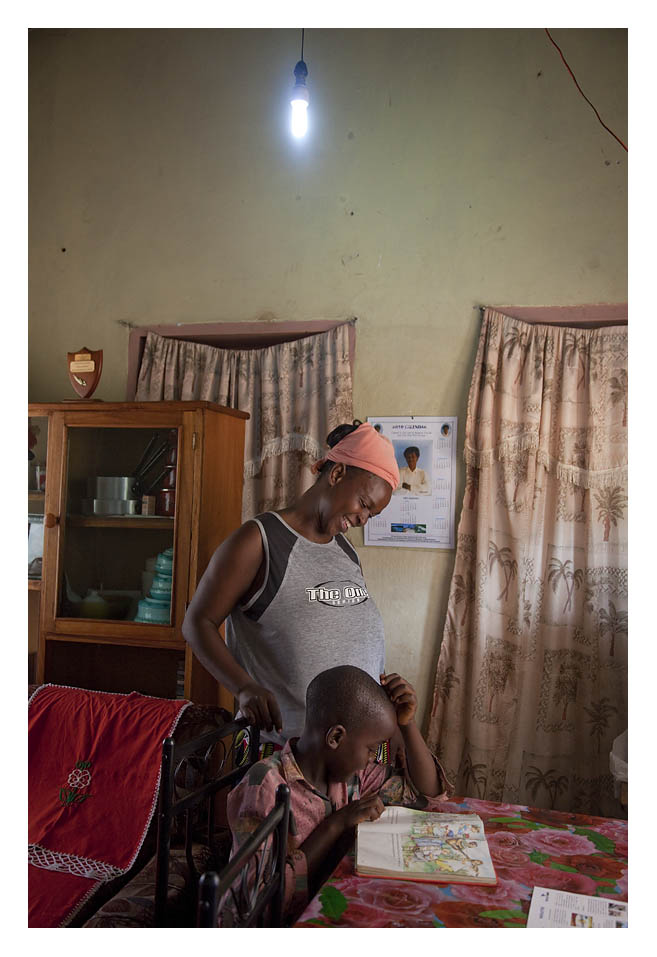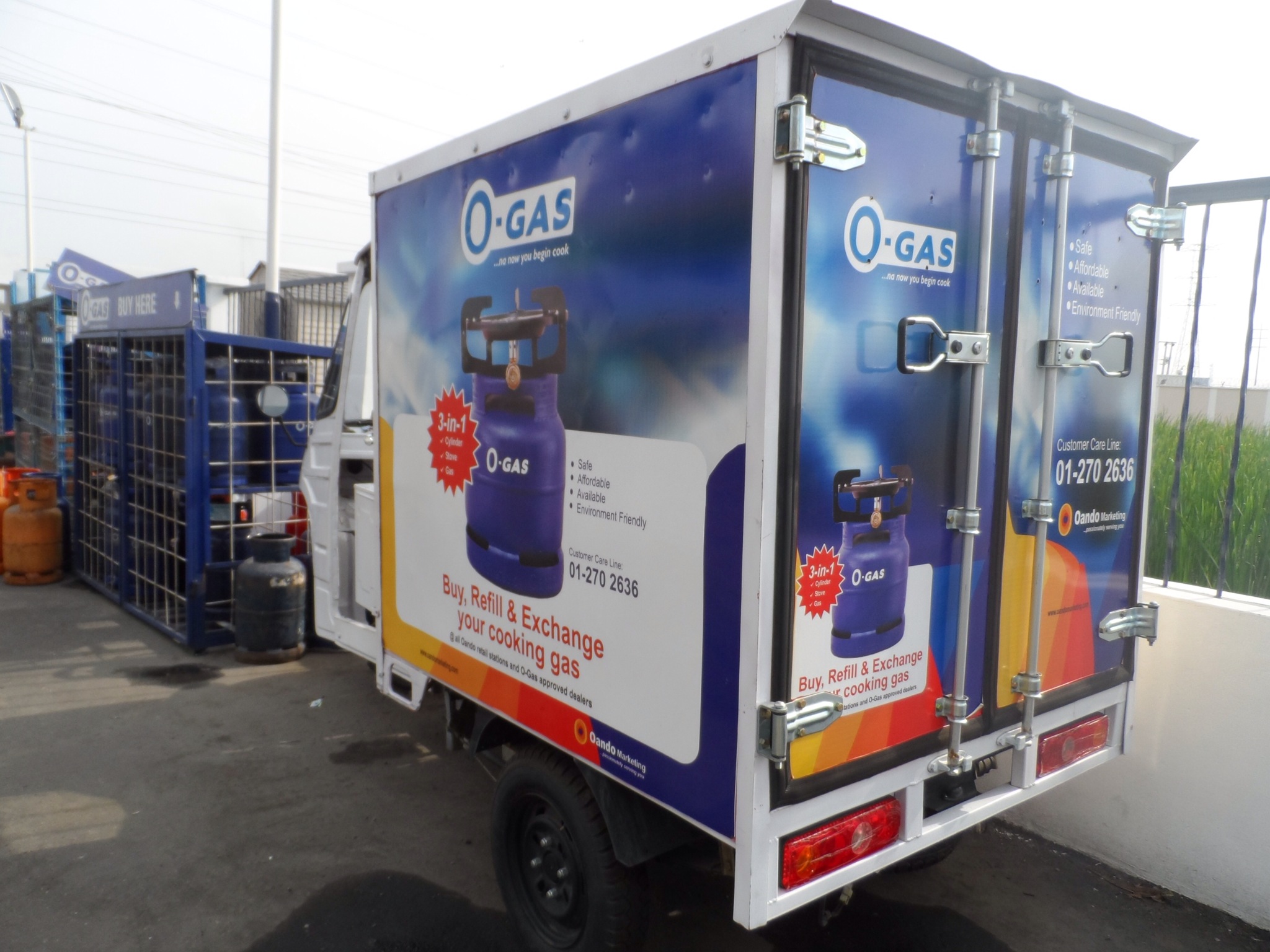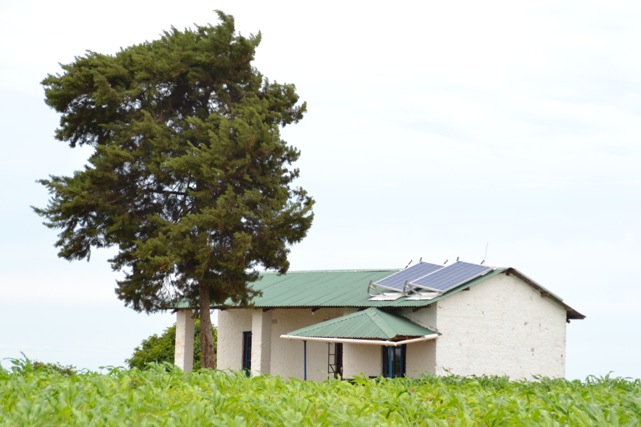Sustainable Energy for All: Why Demand Matters
Companies creating products and services for consumers at the Base of the Pyramid (BoP) often encounter a challenge of weak demand when a seemingly innovative product, solving a market need, never takes off.

How is creating demand for the customers at the BoP different from traditional marketing and distribution channels?
The problem is that too often these channels remain too transaction-oriented and do not take into account demand patterns specific to that community. Often there simply isn’t a demand and companies must build an entire market for their products.
In a recent virtual discussion on making energy accessible for low-income communities around the world, representatives from five companies working at the ‘coalface’ of the issue – Barefoot Power, Eqnon, Oando PLC, SolarNow and Wood Industries Corporation – shared their experiences. The webinar was a collaborative effort between the Business Call to Action (BCtA), the Business Innovation Facility (BIF) and Innovations Against Poverty. What resulted in a rich discussion on access to energy, also provided valuable insights into the challenge of consumer demand and market-building, summarized in the report, Unlocking the Potential of Sustainable Energy for All, published by the BCtA.
As evident from the experiences shared by the companies, creating a market for energy solutions involves working closely with local communities, adjusting the business model to the local context and understanding the financing needs of the customers. More specifically, introducing the idea of paying money for the product that the prospective BoP consumers are not familiar with requires a company’s marketing, distribution and financing approaches to be tailored to build trust and product awareness, while also making the product affordable.

Low or limited purchasing power of the BoP customers requires companies to offer valid financing models, which are key to getting the energy products and technologies into the hands of the poor. While some companies are developing partnerships with Microfinance Institutions (MFIs) both for financing the consumer and for financing the small-scale distributors that can reach BoP customers, others are finding that in-house consumer financing is more efficient than going through MFIs. However, even with most innovative financing schemes, building product awareness, carrying out smart marketing and extending accessibility to the energy solutions are critical to creating demand for the product.
When it comes to marketing to the BoP, it takes a lot more than simply advertising the product. As seen from the experiences of the companies, building awareness about a product is often an uphill battle that takes time, patience and imagination. Lack of consumer awareness about the product, its efficiency or safety is often a problem for the energy companies. Building consumer awareness requires localized, innovative approaches to below and above-the-line marketing. Below-the-line approaches, word-of-mouth and door-to-door sales seem to be the most effective marketing tools in building the demand for the product in rural areas.

Similarly, ‘last mile’ distribution to reach low-income, rural consumers is a challenge for companies working in BoP markets. Although village-level entrepreneurship for product distribution is often praised as a sure way to scale up, in practice, companies’ experiences show that the franchise distribution model requires a lot of investment and adjustments based on the product and local context in order for it to work effectively.
Finally, local sales force is critical to building product awareness, securing sales, reaching consumers, providing follow-up and sometimes in consumer-financing as well. Whether they are employed sales agents or entrepreneurs and franchisees, companies are encountering problems with performance, scaling and particularly with high levels of sales force churn.
To read in more detail about these and other aspects of creating demand for energy solutions at the Base of the Pyramid, download the full report, Unlocking the Potential of Sustainable Energy for All.
